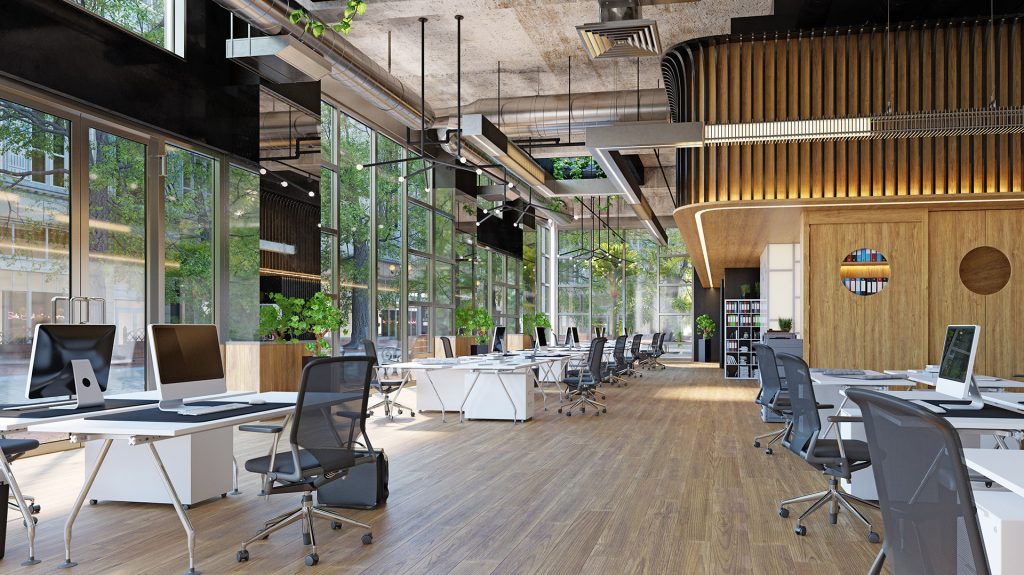Partnership with Octopus Lab will allow allow users of IESVE software to simulate the concentration of over a thousand pollutants
IES has signed a strategic partnership with French software company Octopus Lab to bring better indoor air quality simulation to a wider international audience. Octopus Lab’s Indalo software uses Inca-Indoor, which is claimed to be the world’s only validated indoor air chemistry calculation engine.
IES’ Virtual Environment (VE) software, which is used for building performance analysis, currently simulates the ventilation and impact in terms of internal CO2 concentration, allowing VE users to set external concentration levels, test ventilation strategies and simulate occupants CO2 release to calculate indoor CO2 levels. However, CO2 is not the only chemical that impacts human health and comfort, and occupants are not the only source of chemicals.
The integration of Indalo into IESVE will allow VE users to simulate the concentration of over a thousand pollutants, taking into account various parameters such as emissions from materials and furniture, ventilation strategy, outdoor pollution, occupancy and planned activities.
Indoor Air Quality has become a major global health concern. New or recently renovated buildings are becoming increasingly airtight in response to today’s need for energy efficiency. While better insulation helps to reduce heat loss, it is often forgotten that it also prevents the proper renewal of indoor air.
Poor air quality can be the cause of many health problems, ranging from simple temporary tiredness to serious respiratory diseases.
Indalo is designed to enable building designers to make the best possible ventilation and material choices in order to meet indoor air quality objectives (regulatory or certification) in future new or renovated buildings. The solution also makes it possible to predict the risks of mould and viral infections and identify the most appropriate ways to limit them.
The Indalo plugin exports all relevant information from the VE model to Indalo, with all necessary data provided in the VE via IES’s Navigator technology. Geometry, ventilation flow rates, and occupancy is already simulated by the VE and the results can then be exported. Additional information such as materials’ emissions, filtration and external pollutants’ concentration, can be input via the VE Navigator to complete the required data for the Indalo calculation.






